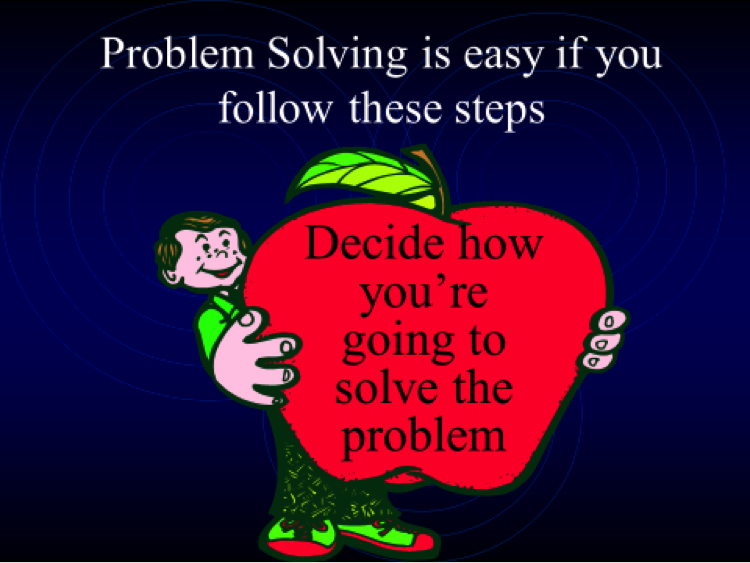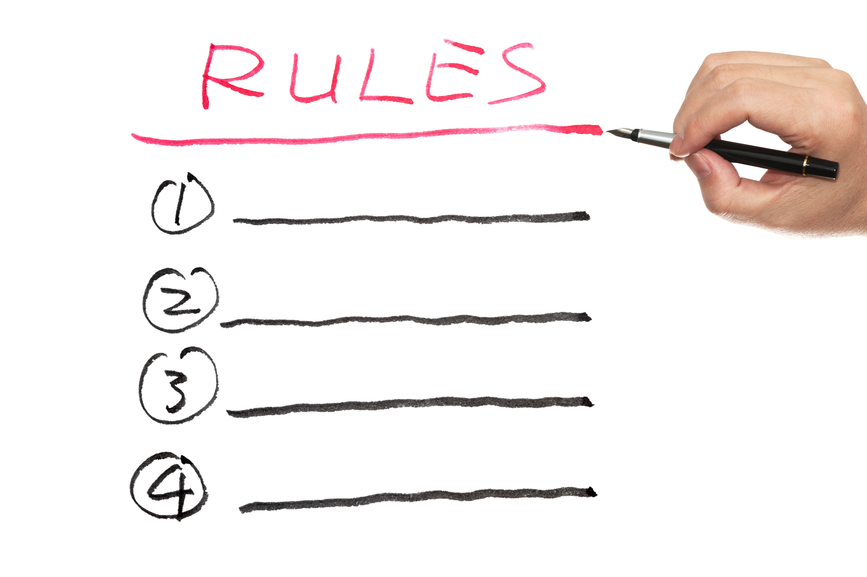Strategies for Solving Math Word Problems
Depending on the grade level of your student or child, a math word problem may involve simple addition to complex rate problems, and everything in between. This week’s blog will explore as many different resources as possible to support word problems in a comprehensive way.
We will begin with several instructional strategies that are relevant for any content area:
- Chunking
- Graphic Organizers
- Steps of the Process
- Visual Guides
- Models of Correct Work
- Video Modeling
- Incorporate Interests
- Technology
- Pneumonic Devices
- Preview Learning
The first website that I offer is http://www.brightstorm.com/math/. This site has video demonstrations of just about every type of math problem in algebra, geometry, algebra 2, trigonometry, precalculus and calculus. You can also enter your own problem and get a solution. For $4.99 a month, you can get an interactive online tool that will show you the steps to solving any math problem you enter.
Example: Word Problems Using Systems of EquationsContinue Reading
The Education (K-12) Blogs and Special Ed Q & A are written and maintained weekly by Lisa Rogers with Educating Diverse Learners. Lisa received her M.A. in Special Education with an endorsement in the area of individuals with severe disabilities. Mrs. Rogers has also created products that have been used throughout the state of Texas for training purposes. Through the Association for Texas Professional Educators [ATPE], Ms. Rogers has produced an online course that targets the importance of visual strategies for student with autism spectrum disorders and just released her highly anticipated book titled: Visual Supports for Visual Thinkers.



 That is why a “feelings chart” or “emotion rating scale” can be such an important strategy.
That is why a “feelings chart” or “emotion rating scale” can be such an important strategy.








